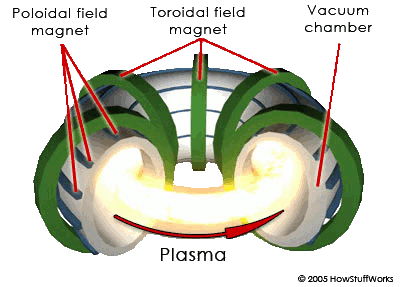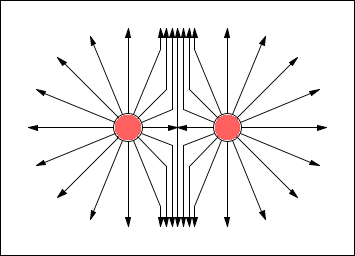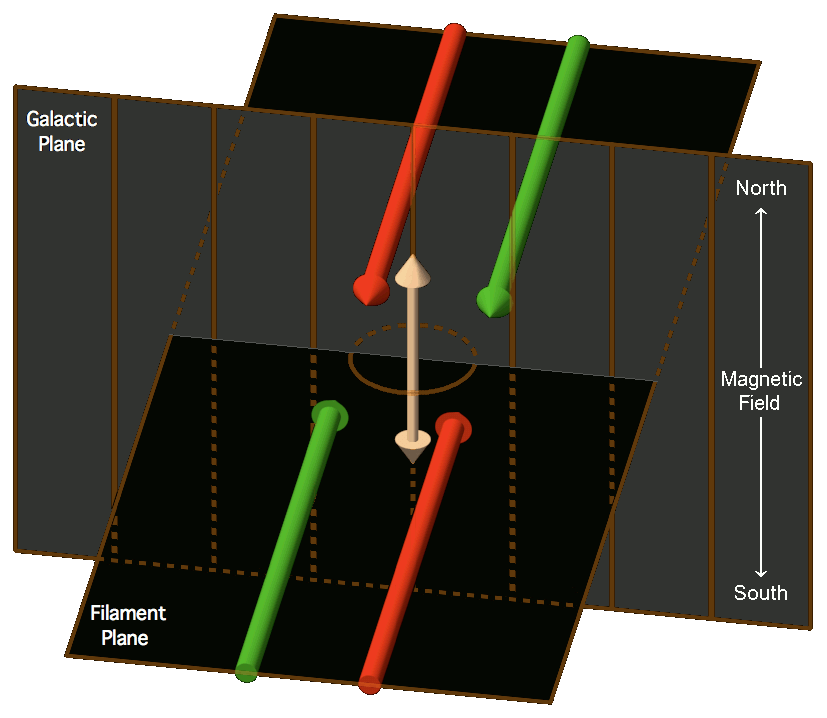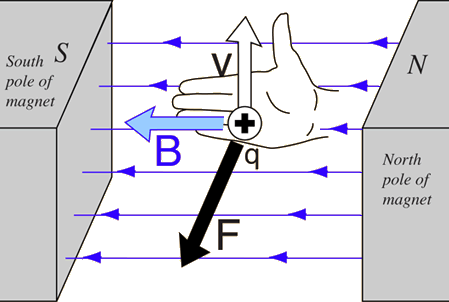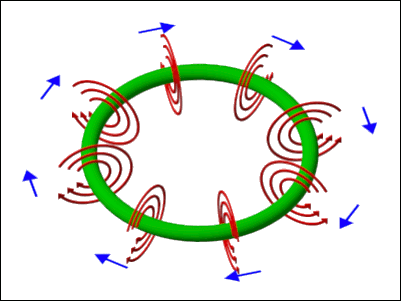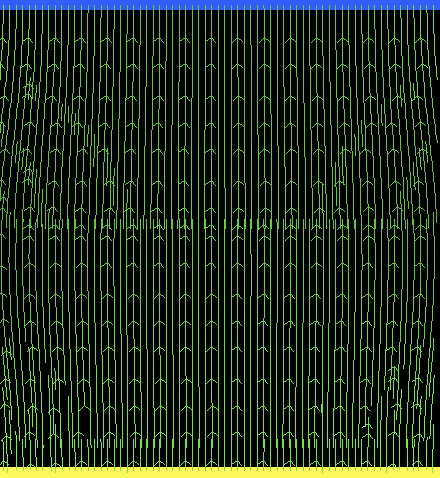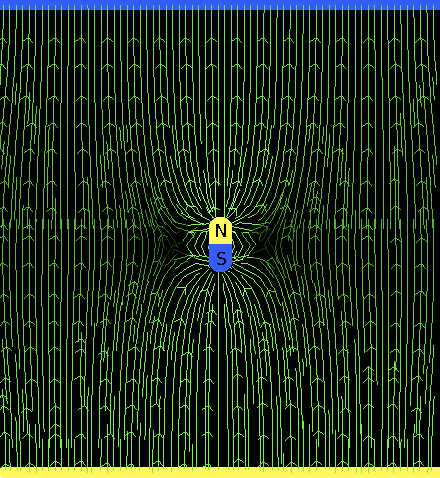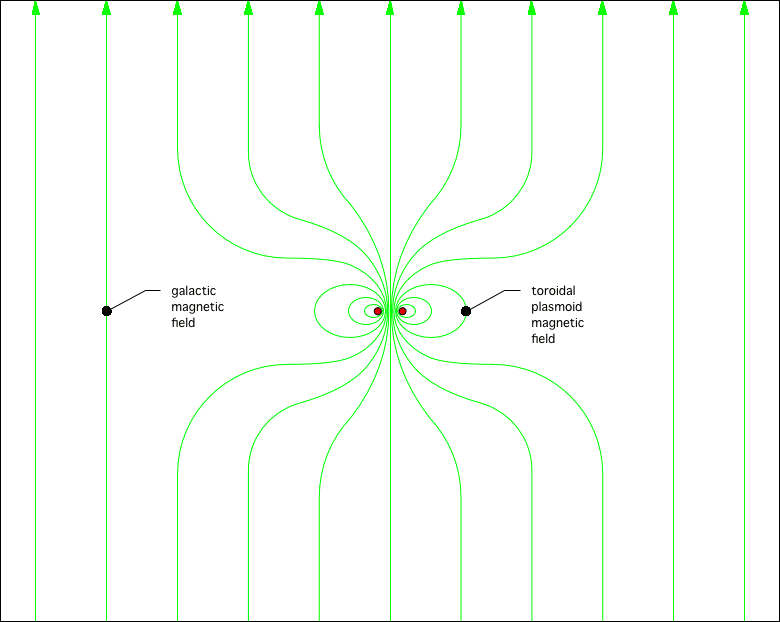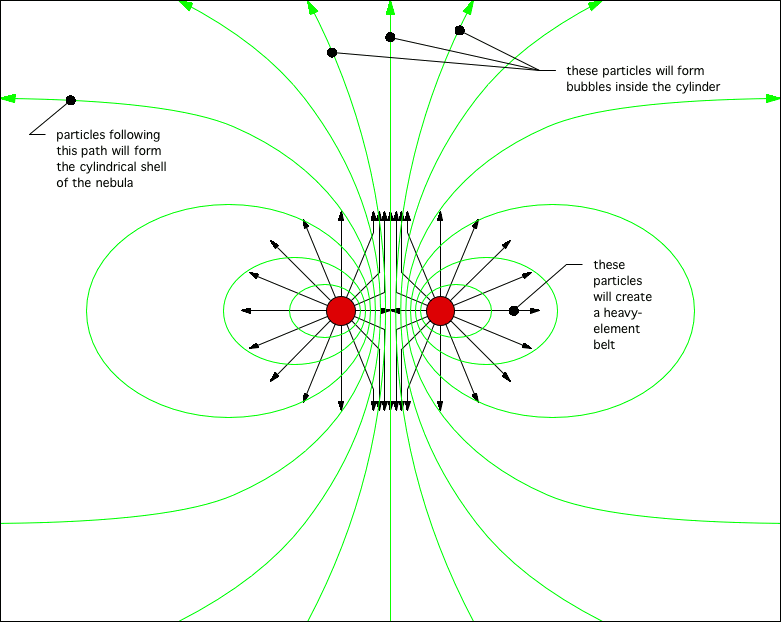© Lloyd
1. Newton, I. (1687): Philosophiæ Naturalis Principia Mathematica. New York: Daniel Adee ⇧
2. Lane, J. H. (1870): On the Theoretical Temperature of the Sun under the Hypothesis of a Gaseous Mass Maintaining its Volume by its Internal Heat and Depending on the Laws of Gases Known to Terrestrial Experiment. The American Journal of Science and Arts, 2 (50): 57-74 ⇧
3. Jeans, J. (1902): The Stability of a Spherical Nebula. Philosophical Transactions of the Royal Society of London, Series A, 199: 1-53 ⇧
4. Eddington, A. S. (1927): Stars and Atoms. Oxford: The Clarendon Press ⇧
5. Blumenthal, G. R.; Faber, S. M.; Primack, J. R.; Rees, M. J. (1984): Formation of galaxies and large-scale structure with cold dark matter. Nature, 311: 517-525 ⇧
6. Carlqvist, P. (1988): Cosmic electric currents and the generalized Bennett relation. Astrophysics and Space Science, 144 (1-2): 73-84 ⇧
7. Verschuur, G. L. (1995): Interstellar Neutral Hydrogen Filaments at High Galactic Latitudes and the Bennett Pinch. Astrophysics and Space Science, 227 (1-2): 187-198 ⇧
8. Peretto, N. et al. (2012): The Pipe Nebula as seen with Herschel: Formation of filamentary structures by large-scale compression? arXiv, astro-ph.GA: 1203.3403 ⇧
9. Peratt, A. L.; Verschuur, G. L. (2000): Observation of the CIV effect in interstellar clouds: a speculation on the physical mechanism for their existence. IEEE Transactions on Plasma Science, 28 (6): 2122-2127 ⇧
10. Prialnik, D. (2000): An Introduction to the Theory of Stellar Structure and Evolution. Cambridge University Press ⇧
11. Williams, J. P.; Blitz, L.; McKee, C. F. (1999): The Structure and Evolution of Molecular Clouds: from Clumps to Cores to the IMF. arXiv, astro-ph: 9902246 ⇧
12. Richardson, J. D. (2000): The Solar Wind: Probing the Heliosphere with Multiple Spacecraft. COSPAR Colloquium on The Outer Heliosphere: The Next Frontier, Potsdam ⇧
13. Caflisch, R. et al. (2008): Accelerated Monte Carlo Methods for Coulomb Collisions. Bulletin of the American Physical Society, 53 (14) ⇧
14. (2015): Vela. Encyclopedia Astronautica ⇧
15. Klebesadel, R. W.; Strong, I. B.; Olson, R. A. (1973): Observations of Gamma-Ray Bursts of Cosmic Origin. The Astrophysical Journal, 182: L85 ⇧
16. Rezzolla, L. et al. (2011): The missing link: Merging neutron stars naturally produce jet-like structures and can power short Gamma-Ray Bursts. arXiv, 1101.4298 ⇧
17. Kwok, S. (2000): The Origin and Evolution of Planetary Nebulae. Cambridge University Press ⇧ ⇧
18. Livio, M.; Soker, N. (2001): The "Twin Jet" Planetary Nebula M2-9. The Astrophysical Journal, 552: 685-691 ⇧
19. Schwarz, H. E.; Aspin, C.; Corradi, R. L.; Reipurth, B. (1997): M2-9: moving dust in a fast bipolar outflow. Astronomy and Astrophysics, 319: 267-273 ⇧
20. Frew, D. J.; Parker, Q. A. (2010): Planetary Nebulae: Observational Properties, Mimics and Diagnostics. Publications of the Astronomical Society of Australia, 27 (02): 129-148 ⇧
21. Sabin, L.; Zijlstra, A. A.; Greaves, J. S. (2007): Magnetic fields in planetary nebulae and post-AGB nebulae. arXiv, astro-ph: 0701054 ⇧
22. Gaensler, B. M. (1999): Morphological Studies of Extragalactic Supernova Remnants. Perspectives on Radio Astronomy: Science with Large Antenna Arrays, 271-274 ⇧
23. Bhatnagar, S. (2001): Radio Study of Galactic Supernova Remnants and the Interstellar Medium. Tata Institute of Fundamental Research, Pune, India ⇧
24. Henning, T.; Li, H. (2011): The alignment of molecular cloud magnetic fields with the spiral arms in M33. Nature, 479 (7374): 499-501 ⇧
25. Beck, R. (2000): Magnetic fields in normal galaxies. Philosophical Transactions of the Royal Society of London. Series A: Mathematical, Physical and Engineering Sciences, 358 (1767): 777-796 ⇧
26. Rees, B.; Zijlstra, A. A. (2013): Alignment of the Angular Momentum Vectors of Planetary Nebulae in the Galactic Bulge. arXiv.org > astro-ph, 1307.5711 ⇧
27. Chandler, C. (2019): Energy Budget. QDL, 4866 ⇧
28. Fälthammar, C. (2004): Magnetic-field aligned electric fields in collisionless space plasmas — a brief review. Geofísica Internacional, 43 (2): 225-239 ⇧
29. Brusa, M.; Gilli, R.; Comastri, A. (2005): The Iron Line Background. The Astrophysical Journal Letters, 621: L5-L8 ⇧
30. Lykou, F. et al. (2011): A disc inside the bipolar planetary nebula M2-9. Astronomy & Astrophysics, 527: A105-A116 ⇧












